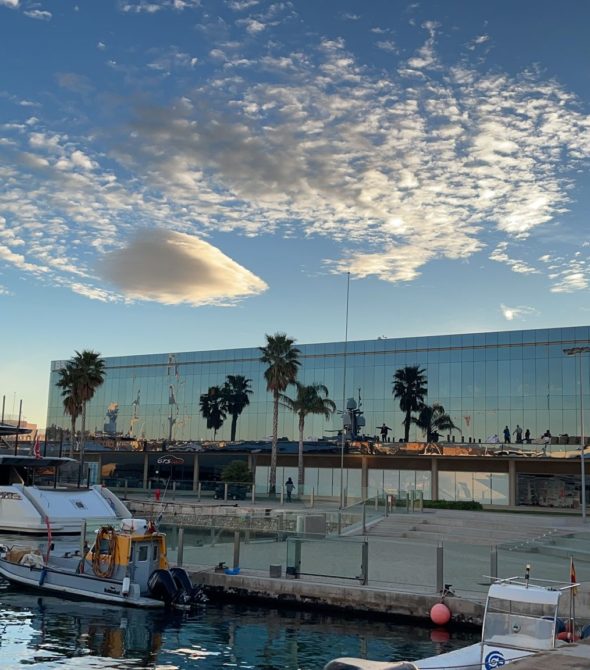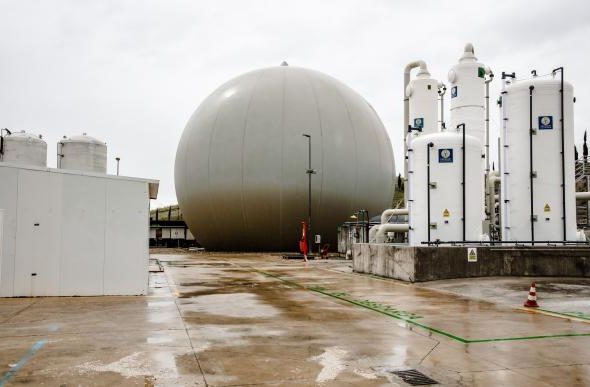Located on an anticline island of the Persian Gulf, with a strategic geographical location and privileged orographic conditions, Khark’s terminal has managed to reach the level of exports it had 10 years ago.
This recovery in exports has allowed Khark’s nine docks to become operational for the first time after 20 years.
Khark makes 90% of Iran’s crude exports, which since the entry into force of the nuclear deal in January 2016 have gone from 1 million barrels per day (bpd) to almost 2.3 million bpd last month, with a daily average of 3 or 4 ships, while production will soon reach 4 million.
France, Spain, Greece, Italy, China, India, Turkey and Japan are some of the direct buyers or those who transfer Iranian crude oil to other countries.
The features of the terminal and its privileged conditions distinguish it from other places worldwide.
One of them is the altitude difference of 60 or 70 meters from the sea surface to the tanks which eliminates the need for a pump or any amplifier to supply the oil to ships improving the operation’s efficiency.
In addition, the island is formed of makatea, which reduces the high costs of dredging, and is located only 1,100 meters away from mainland.
The terminal has two key springs, with a total capacity from 8 to 10 million bpd, although the current record of cargo is 6.6 million.
The “T” wharf, the largest in Iran, consists of six docks, equipped with measuring machines with a capacity of 13,500 barrels of oil per hour.
The other main wharf, called “C island”, has three docks with a 30 meters draught, able to dock the largest ships of 300,000 metric tons (equivalent to 2 million Barrels of crude oil).
Some of these shipments have been acquired last year by Anglo-Dutch Shell, France’s Total, Spain’s Cepsa or Italy’s Eni, as part of Iran’s goal of boosting exports to Europe up to the 800,000 bpd in the next months.
Although during the sanctions the terminal operated at low rate, which production was mainly destined for Asia, the terminal was never abandoned.
Pipelines, tanks and docks, which had not been checked in the previous 60 years, were reviewed, allowing Khark to resurface as the main connection between the market Iranian oil tanker and the world’s economy.





